The annual Consumer Electronic Show returned to Las Vegas in 2023 as a full-fledged trade event. Like before the pandemic, the show floors were crowded with people, booths, and gadgets. Some digital leftovers from the virtual interregnum broadcasted daily events from the show, streamed keynotes and panel discussions from the conference, and offered an expo space with digital company profiles and product portfolios. Although the Metaverse took center stage in the Central Hall as one of this year’s major trend topics, the show itself was more than happy to reestablish a gathering in real life.
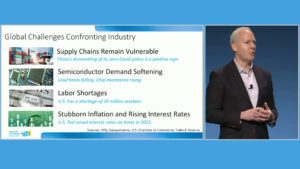
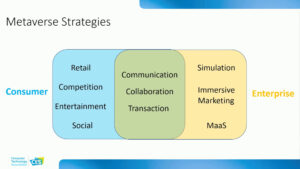
This overwhelming joy of coming together again in the traditional framework was only curbed by the general macroeconomic outlooks, forcing the industry into rather restrictive trading conditions. In reaction to the cooling business climate, the show reflected a shift of focus from inflation-hampered consumer markets to enterprise-driven innovation perspectives. This also meant that some recent overarching visions for a better world of electronics had to be boiled down to more practical and palpable business cases. Due to crypto winter and the resulting lack of financial fantasy support, previously hyped Metaverse concepts now appeared stripped down to simple sponsorship strategies and barely enhanced online marketing concepts.


Science-fiction inspired empowerment visions of virtual platforms eating the world moved to the outer range. The show floor presented a broad range of AI- and AR-enhanced promotion tools for mobility, retail, gaming, and defense operations. Expert panels on luxury branding, esports or live service games focused more on strategies to exploit current online trends than projecting groundbreaking mind palaces. The enterprise-driven Metaverse was elaborated on the already established training grounds for XR applications and the ongoing search for comprehensible links between accustomed screen production and spatial computing.
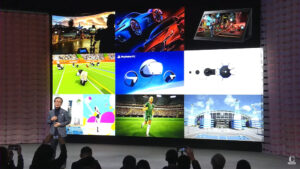

E-ink displays reintroduced book reading to XR. A flippable VR controller allowed to free the hands for interactions on traditional keyboards while continuing wearing a headset. Newly introduced headsets from HTC and Lynx continued the road to Mixed Reality, already paved by Meta‘s and Pico’s latest business line-ups. Panasonic’s MeganeX, originally planned for consumer markets, re-armed its features and doubled the price tag, now addressing more professional clients.
The only major XR announcement in the consumer space was Sony‘s reconfirming presentation of PlayStation VR2. But even here, the upgraded VR platform was integrated into broader corporate strategies with a hybrid gaming approach: the VR-edition of GranTurismo7 was treated like an add-on of the live-action movie adaptation of the original PlayStation flat game. This multichannel deployment certainly drives more eyeballs to the popular franchise, but it also signifies a backwards-compatible focus on cockpit simulations for the technically sophisticated and pricey VR accessory.
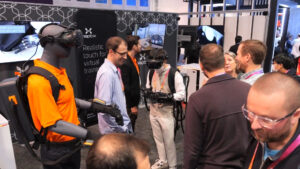
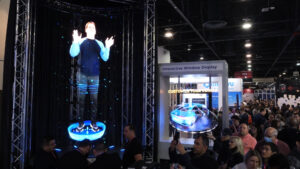
Besides the efforts of recovering real ground for virtual platforms with hybrid and mixed media conceptions, the continuous rise in pricing for new XR hardware was striking as well. Neither Meta‘s nor Pico‘s nor HTC‘s latest headsets address the average consumer by overshooting their technological advancements out of this market’s range. At the same time, their reorientation towards pass-through reality blending may not yet meet the traditional business needs for seamless transition between screen work and virtual spaces. Not even Sony, with their strict focus on gaming VR, can find a balance between technological upgrade, brand expectation and limited consolero budgets.

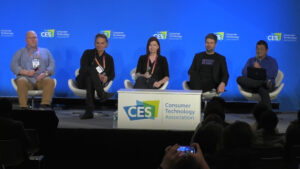
On the conceptual level, the visionaries of the Metaverse now ruefully clutch to consumer production as viability for a creators’ economy of scale without providing adequate tool-sets. On the hardware level, XR manufacturers hope for consumer sophistication and enterprise experimentation to advance their customers into productive twilight zones. While the former scope of action of CES appealed to consumer markets, the actual reorientation for production values turns this trade show into a summoning of prosumer redemption.

